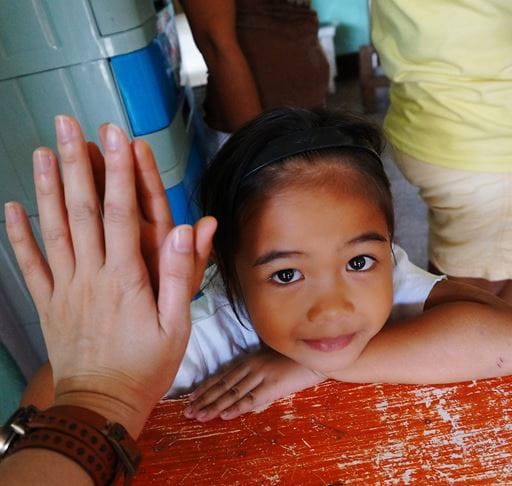Developing new approaches to human rights and humanitarian work using computational techniques
This area of research considers the extent to which big data, including images and social media, provides new opportunities to increase the effectiveness of human rights and humanitarian organisations. We assess how these big data sources can be used to map, monitor and document human rights violations and to respond proactively to humanitarian crises. We explore key challenges faced when seeking to use big data and social media in this way and how can they be overcome.
Watch our videos from the HRBDT project
Identifying human rights violations
Access to social media has generated an unprecedented quantity of visual and textual data that is of potential significance in the documentation and evidencing of human rights violations. Big data on conflict and State repression provides new ways to map, monitor and document human rights violations by combining and triangulating disparate sources of data, such as social media and image data, in ways that can corroborate and verify accounts of human rights abuse.
Responding to humanitarian crises
This data can also strengthen the ability of humanitarian actors to respond to conflict-driven or natural disasters. For example, social media, coupled with satellite imagery of the movement of displaced persons can assist in establishing secure and adequate refugee and internally displaced persons camps with the necessary facilities, including the provision of health, food, education, and legal services. This crucial information can further be used to track displacement and consequently the geo-location of potential human rights violations in the aftermath of disasters.
Our research
Through qualitative interviews and expert meetings with humanitarian and human rights organisations we explore the following research questions:
- To what extent do big data and visual data provide resources and new opportunities to increase the effectiveness of humanitarian and human rights organisations?
- How can big data and social media be used to map, monitor and document rights violations and to respond proactively to humanitarian crises?
- What are the key challenges facing such organisations when seeking to use big data and social media in this way? Can they be overcome?


.jpg?h=250&w=500&crop=1&hash=90142B3BAB580246CCA27479C73771E8)












